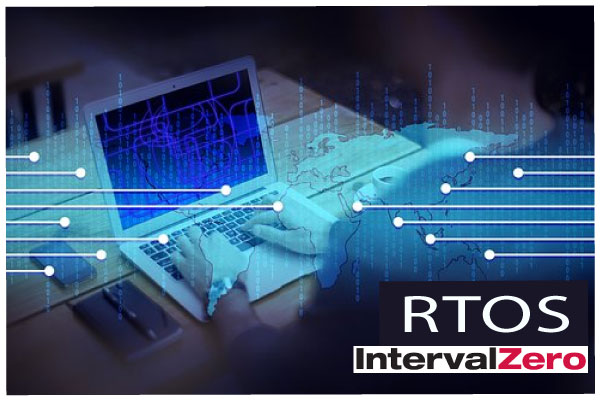Why 64-bit Windows Needs an RTOS
Current industrial PCs operating on 64-bit Windows that are accompanied by a scheduler on multicore multiprocessors deliver rich user interfaces and top-notch graphics. These systems offer the hard real-time performance, precision, and prioritization required by complex industrial, medical and vision processes. However, the need for richer applications continues to set the pace for advancement in performance and integration.
Therefore, the duty of the embedded OEM is to determine how new developments should be turned into real products that meet clients’ demands.Many organizations today require capabilities like high-definition video and audio, machine vision, and real-time industrial offerings like real-time connectivity, rich user interfaces, and six-axis motion control.
These capabilities can only be realized by a combination of the right hardware and software. Software is easy to improve and update compared to hardware, but you must have the right hardware environment to implement complex real-time software applications. For instance, devices like DSP, advanced graphics unit, FPGA or multicore processor that are utilized by real-time systems are integrated on a single system. Also, you can tap into the current multi-core CPUs that offer tremendous performance and power from multiple cores and clock speeds of about 3 GHz.
Average commercial IPCs offer platforms that can deliver DSP-level performance, processing, precision, and prioritization. However, with advanced CPUs, the processing can be implemented at a floating point for diverse calculations as opposed to the fixed point in DSP. Such performance diverts the focus from optimizing every instruction to fully exploiting the power of a multicore IPC.
Another major development is the adoption of a 64-bit architecture that is compatible with 32-bit architecture and offers improved performance. It offers numerous advantages due to highly integrated chips with different integrated functions, protocols and instruction sets that send obstacles to a unified software environment.
The implementation of IntervalZero’s RTX64 upgrades Windows into a fully functional RTOS that can operate entirely on x64 multicore hardware. Moreover, it offers access to 128 Gb of non-paged memory based on the actual mapped RAM size. The huge amount of available memory accommodates previously unsupported applications like high-end video editing and MRI medical imaging.
RTX64 offers a single hardware environment in the form of multicore x64 devices. It enables a single software environment that accommodates Windows with its applications, development environment and rich user interface.

